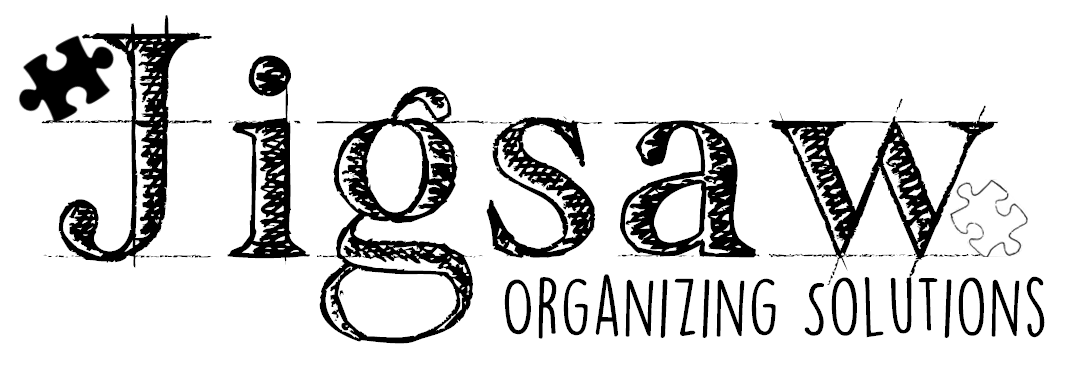Photos are a way to connect with our loved ones, to preserve memories and to document our lives. It’s amazing to consider that they have only been accessible to the public by way of a personal camera since the late 1940s, so a young adult today will likely have their grandparents’ or great-grandparents’ but nothing before that! Personal photos have been accumulating in families since then, so people inherit these photos as part of their legacy, and in doing so they need to store and preserve them.
We usually only have personal ties to family members that we grew up with, and are likely to not have connections to great-great-great grandparents. But is this because there were no photographs or paintings to document their existence? Will your future great-great grandchildren know you more because there will be photos of you? It’s something interesting to consider when you delve into your photo organizing project. Who will enjoy these photos when you are no longer around, without the context of the experience? This is why when working with clients I recommend that they keep photos that have people in them, not just vague landscapes or travel photos (more professional versions of which can be found online or in textbooks). Keep the photos that capture people’s personalities and quirks, not just the professional shoots with stilted expressions and awkward poses. It may even be worthwhile to keep photos separate that would really only be interesting to you, and label them as such to lessen the load for when your descendants have to go through your estate.
You used to be able to order duplicates of your photos when you developed them at the local kiosk, but this was back in the day when you sent physical photos to relatives in cards or kept one in an album and one in a frame. It was back when you would have two copies of a photo because that was your safety net if one got damaged. Now in the days of digitizing, this has become an obsolete practice. Once a photo is digitized and uploaded to your cloud storage and/or onto a memory stick for browsing purposes, you do not need the duplicates. Before digitizing your photos, clear out the duplicates and any other photos that are not relevant or interesting: blurry photos; unidentifiable objects, people, or landscapes; photos of people you don’t want to be reminded of (contact family members or friends that might still want them and pass them on to them).
Decide how you want to store your photos. Acid-free photo boxes are a great space-saving storage option, and can be organized and labelled for easy reference. Albums are great if you are the type of person who will flip through and look at them often. Having all your photos also accessible in a digital format is great for when you want to share them, and also to take up less physical space, so is a perfect option for someone who lives minimally or in a small home. As for the storage process, you may want to really lean in and organize your photos chronologically. This is usually the best way to do it, but is also the most time-consuming and can be the trickiest because most photos are not dated and you end up going based on how old someone looks in the photo, or any hints in the background (eg. a birthday cake for someone, or a license plate sticker). If chronology is not a viable option for you, organizing by person or by trip can be very helpful. When you are searching for a photo you may not know what year it is from, but will know that it is from a camping trip or that it had a certain person in it. Organize your photos based on who will be looking at them, and how they will be looking at them. This will help you decide your method of organization.
Depending on your volume of photos, it will take a while, so schedule yourself accordingly. It will be exhausting sitting in one place for an extended period of time, so make sure to only sort for a couple hours at a time, or longer session with breaks built in. Make sure to have a delicious drink nearby, and some music playing in the background. Recruit people to help you if you need it! It can be a really fun process to relive old memories, but moral and physical support helps to keep the exhaustion at bay! To learn more about photo digitizing that we do at Jigsaw Organizing Solutions, check out our site.




